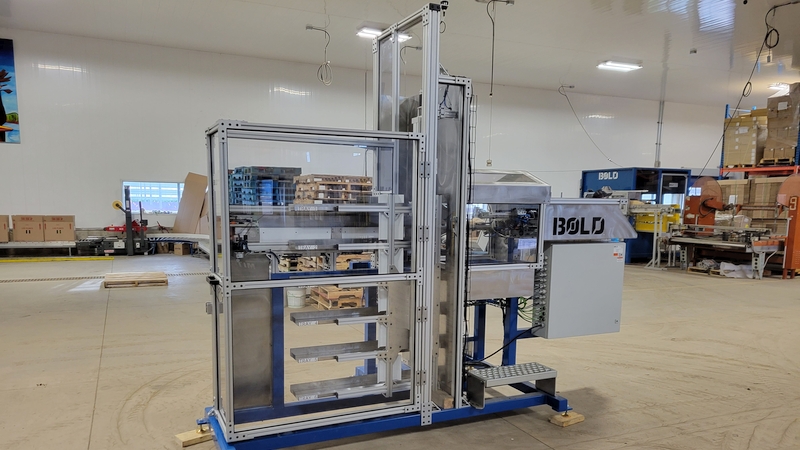Retail Florist: It’s Time To Rethink The Poinsettia
Has the poinsettia run its course with the American public? As Jeff Corbin, the owner of Radford Florist in Virginia writes, growers and, independent retailers in particular, should take new approaches to the plant and consider other, more unique crops for the holidays:
We are just breaking into the garden center arena. We will open Green Barn Garden Center this spring, but I have 30-plus years experience in the retail florist arena.
Poinsettia sales have dropped steadily over the past decade. With this long-term trend, I don’t think we will see it bounce back. Poinsettias are still enjoyed by the public but their perceived value seems to have dropped. The public will enjoy it as a personal consumable for $8.50 to $17.50, but not in giving it as a floral gift for $25 to $50 as they once were.
We have had more luck with bulb plants such as narcissus. With the new space in the garden center, we will have an opportunity to focus on more bulbs for Christmas – hyacinths and narcissus in whites and amaryllis and tulips in reds and whites. My personal goal is to get ivy groomed in 10 to 12 bulb pans, which would allow enough room to insert bulbs so there would be fresh blossoms people can enjoy – but with the “practicality” of a year-round ivy (to help increase the cost perception). We also had interest in holiday cactus and I think that trend will continue. It is an item [consumers’] mothers or grandmothers had, so there was comfort in reconnecting with it. (I see this as a result of the poor economy, people nostalgically reaching for a happier time in life.)
I do not see another crop like the poinsettia coming into the industry, although I hope I am wrong. The trends and tastes of the American public have changed. The poinsettia, a long-standing symbol of Christmas tradition, has been prostituted, sprayed and sprinkled with glitter and tints, and lowered to a point such that many people do not wish to have it. I think our success to keep this plant as a profitable item will be to offer it in sizes that aren’t conducive for the production and transport of the mass-markets: 12-, 14-inch pots, as well as topiaries. Unique, natural colors may also serve to benefit the independent merchants.









